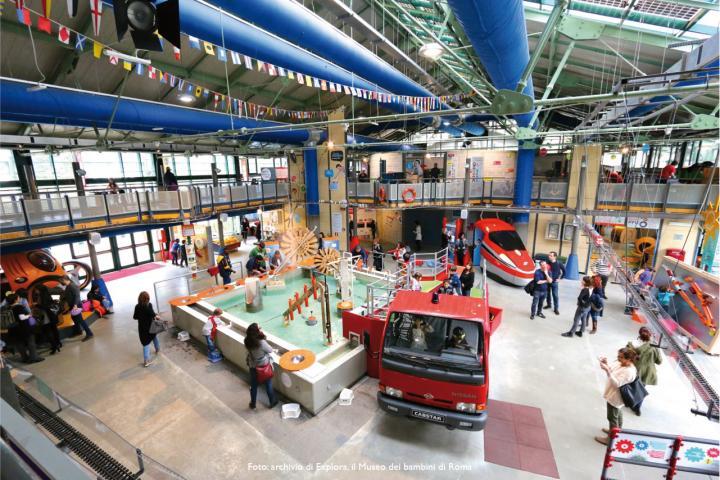On Two WheelsMake the case to your community for alternative transport options

Ready for action?
What
The possible connections with your curriculum
Who
The people who take up the teacher role
Where
The locations where learning takes place
With
The community stakeholders to collaborate with
Short abstract
Polish cities are among the most polluted in Europe. One of the factors contributing to this air pollution is road traffic. Traffic jams occur not only in large centres, but also in local neighbourhoods (e.g. the school run). During this project, we will focus on understanding transport's relationship with air pollution, and explore alternative, sustainable transport options.
Students will read and analyse media reports about air pollution. They will discuss the narratives offered by the mass media, confronting pre-existing knowledge, beliefs and stereotypes presented in reports of varying quality. They will compare information in different media to learn about accuracy and bias. They will also start working on a poster to be presented in LU7.
Students will work with a map of the local city or town and its surroundings. They will mark on the map which modes of transport they use to travel between home and school and then draw conclusions from their empirical data about how people make decisions about their mode of transport. This map will form part of the poster in LU7.
Students will meet an expert to learn about the effects of pollution on our body systems and organs. They will find out how our bodies cope with pollution and what we can do to help our bodies in an environment with heavy traffic. Students will have the opportunity to talk to the expert and ask questions.
Students will build a model of their school's neighbourhood out of waste materials. They will mark green spaces, roads, pavements, cycle paths – the most important places where people gather. The way the model is built should reflect the character of the neighbourhood. This rough model will continue to be developed and refined in LU5.
Students will meet with an expert in sustainable development. They will discuss the problems posed to them, and solve theoretical ecological problems that affect urban residents. Together with the expert, they will then modify the LU4 model of the school's surroundings, taking into account the information received from the expert. Their goal will be to create a space friendly to 'green' modes of transport, paying special attention to bicycles, scooters, rollerblades, skateboards.
Students will assemble a simple device to measure air pollution particles. During fieldwork, they will observe changes in the device’s readings and consider what factors determine the occurrence of changes.
Students will organise a mobile exhibition which includes visual materials created during the project. The exhibition will take the form of a mobile poster. We will travel by bicycle to a few selected places where people pass by, set up the poster exhibition and invite passers-by to a free open discussion, to learn from our research and hear their views.